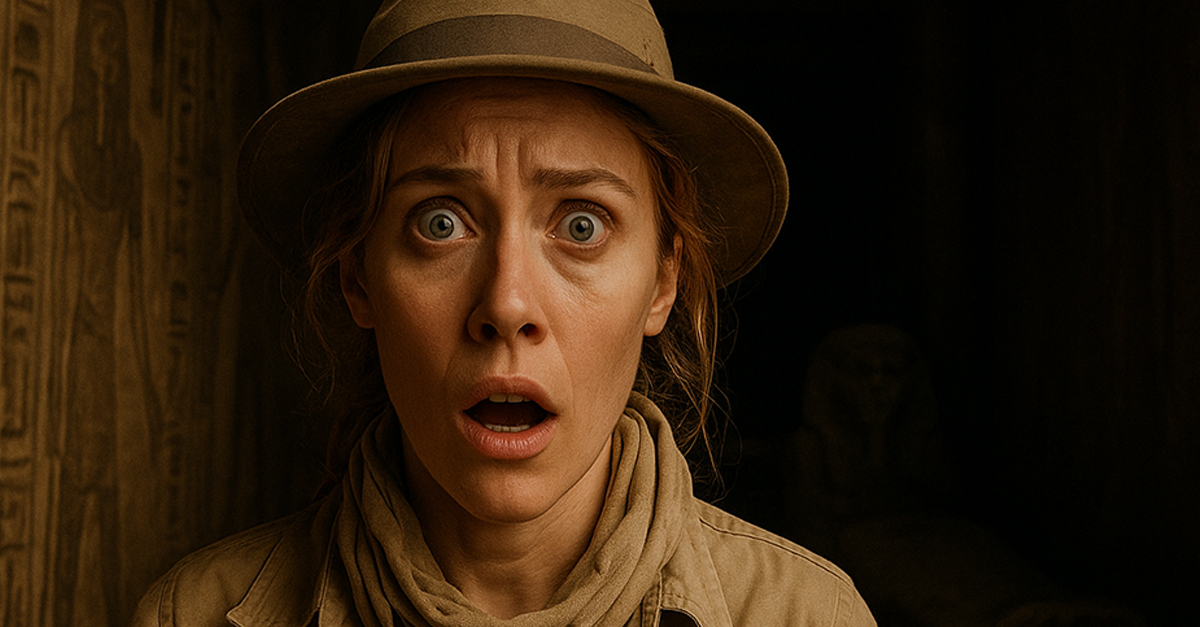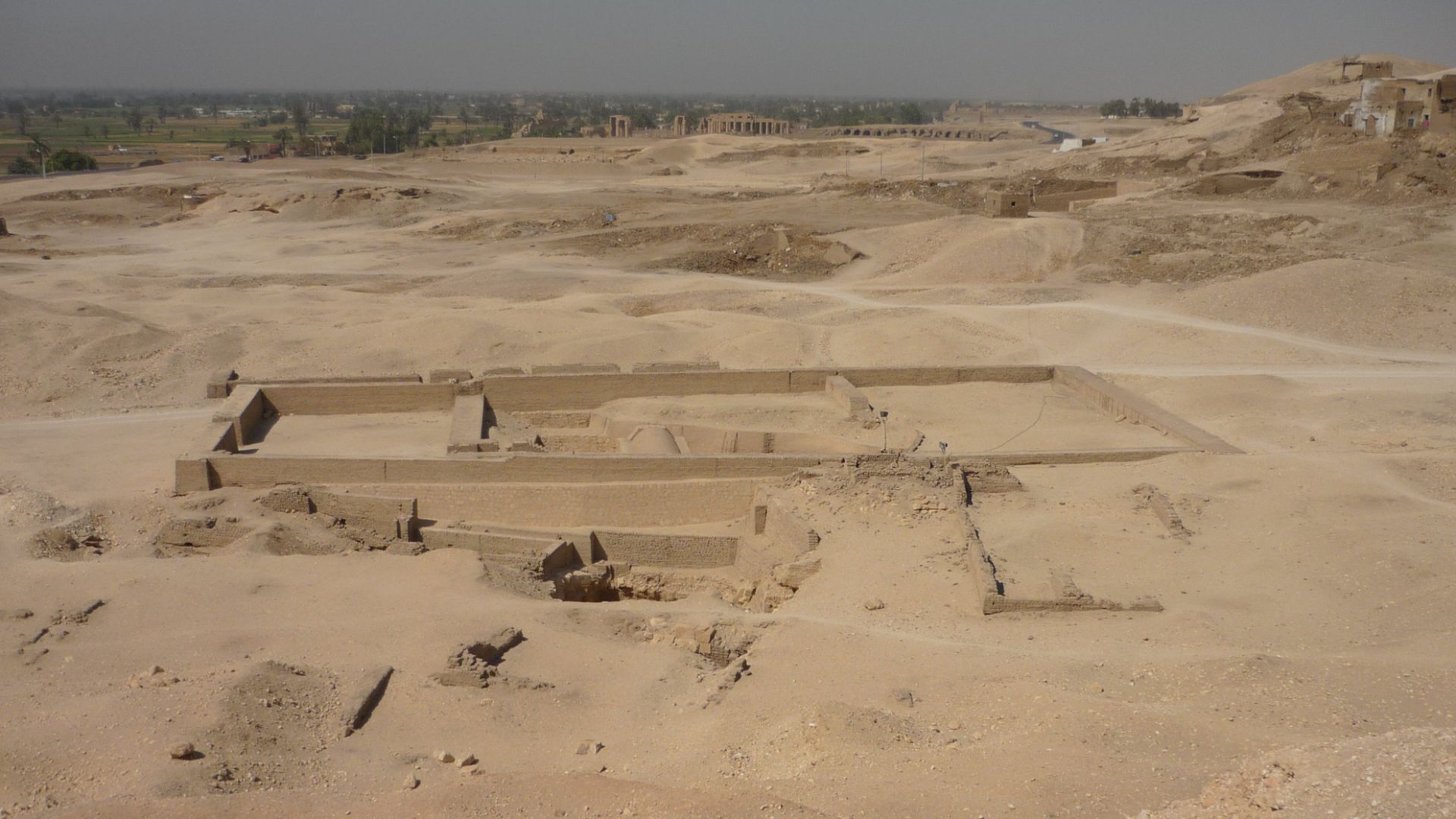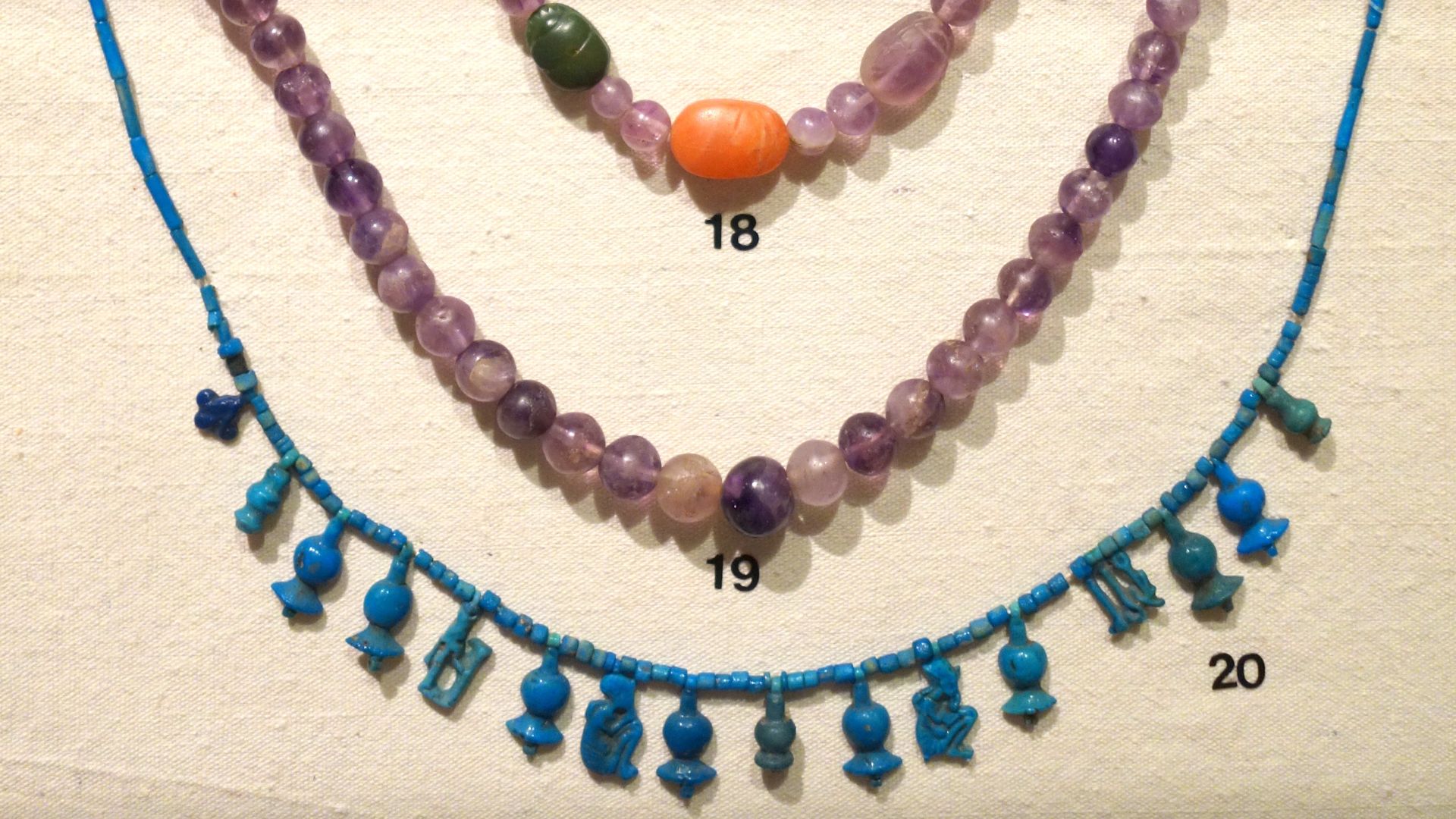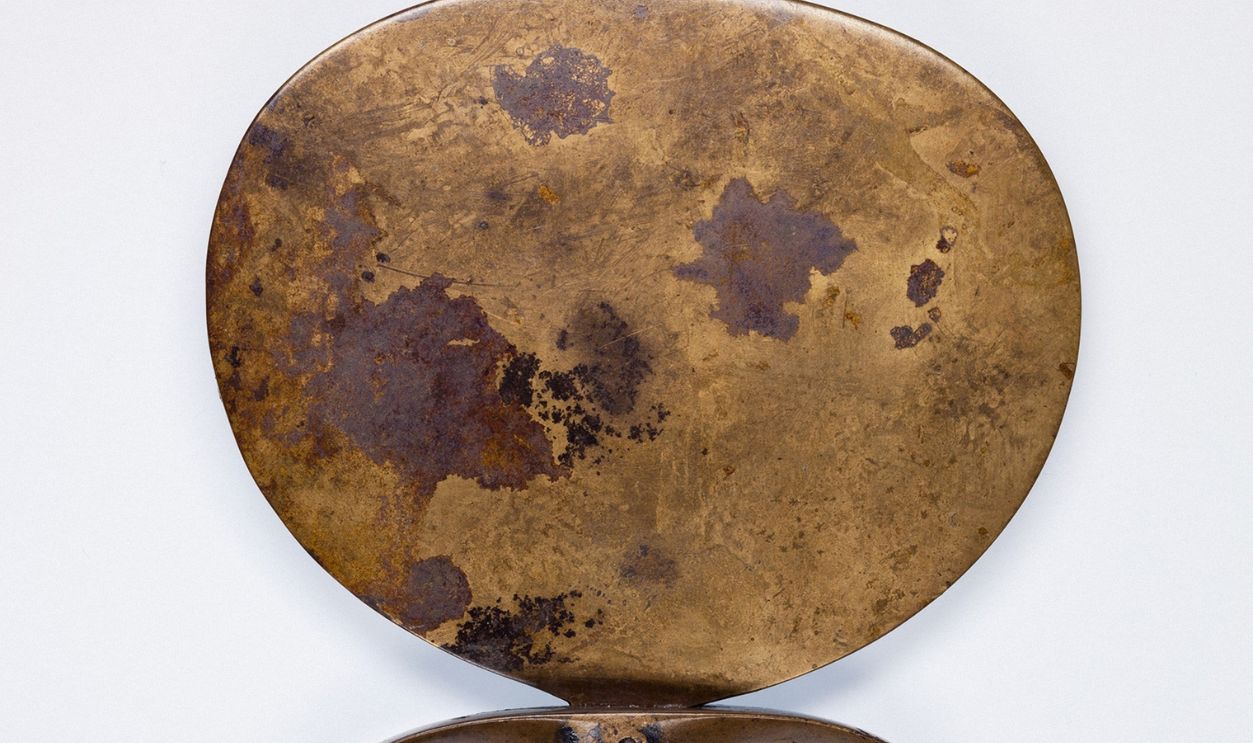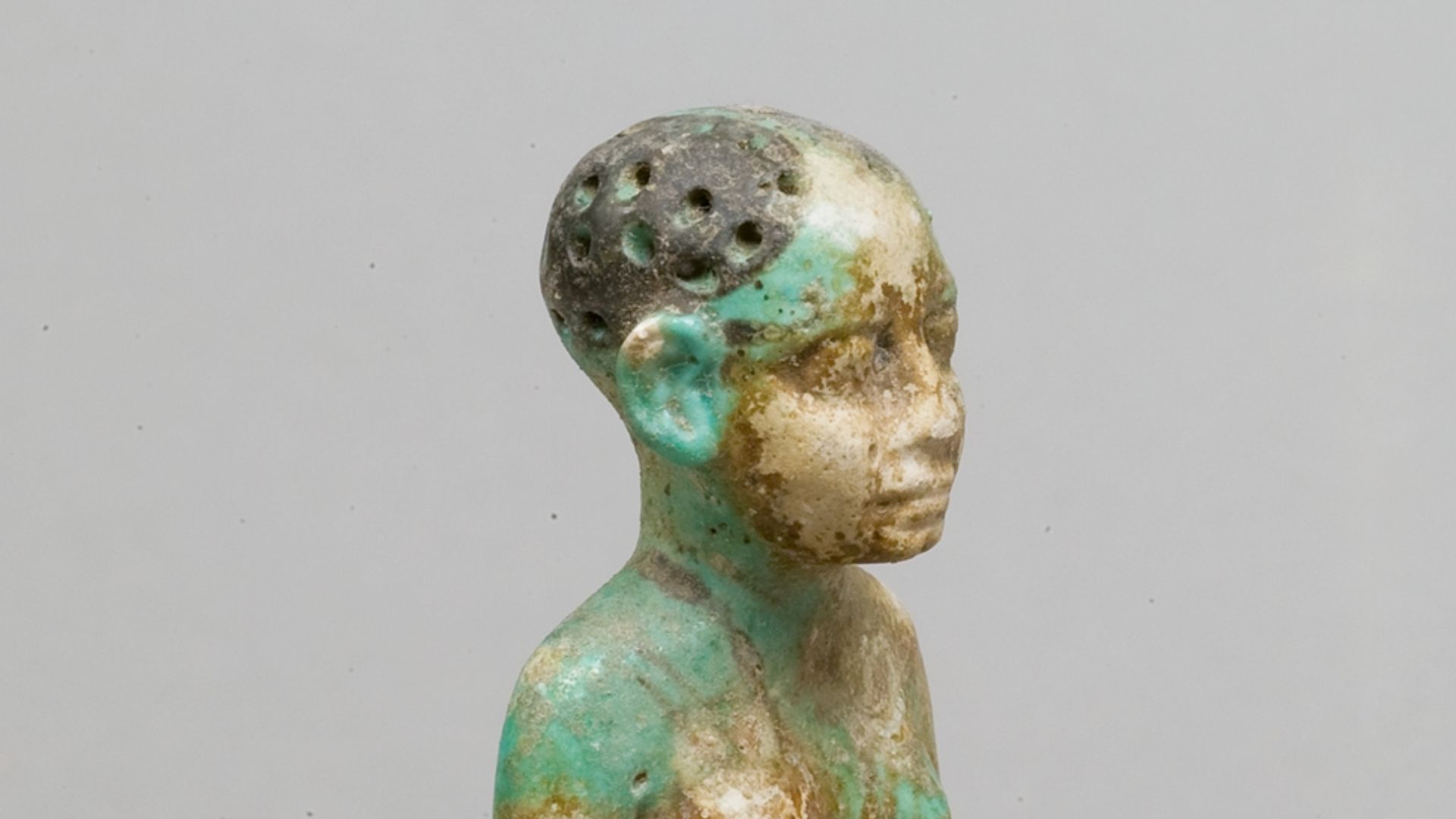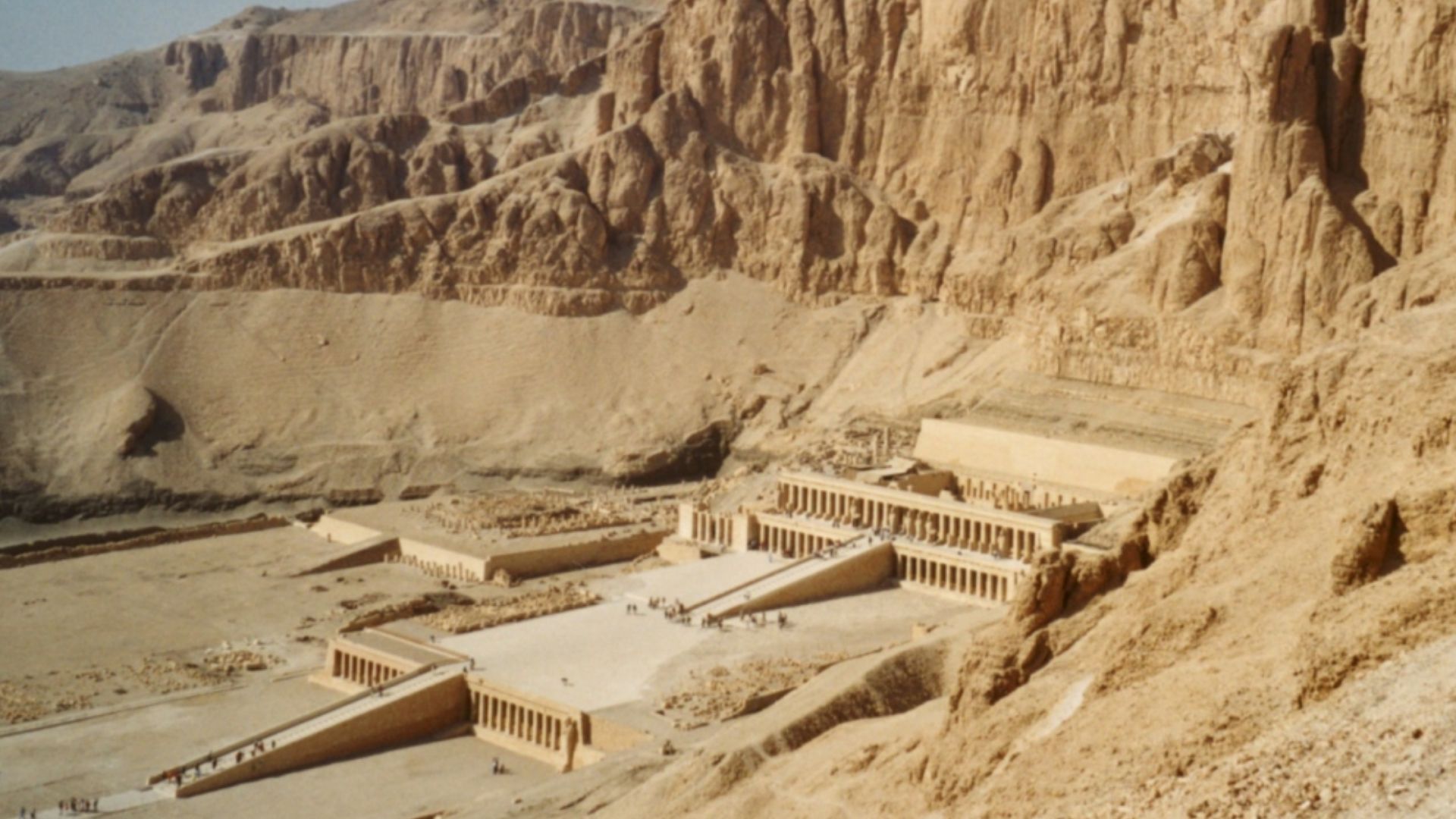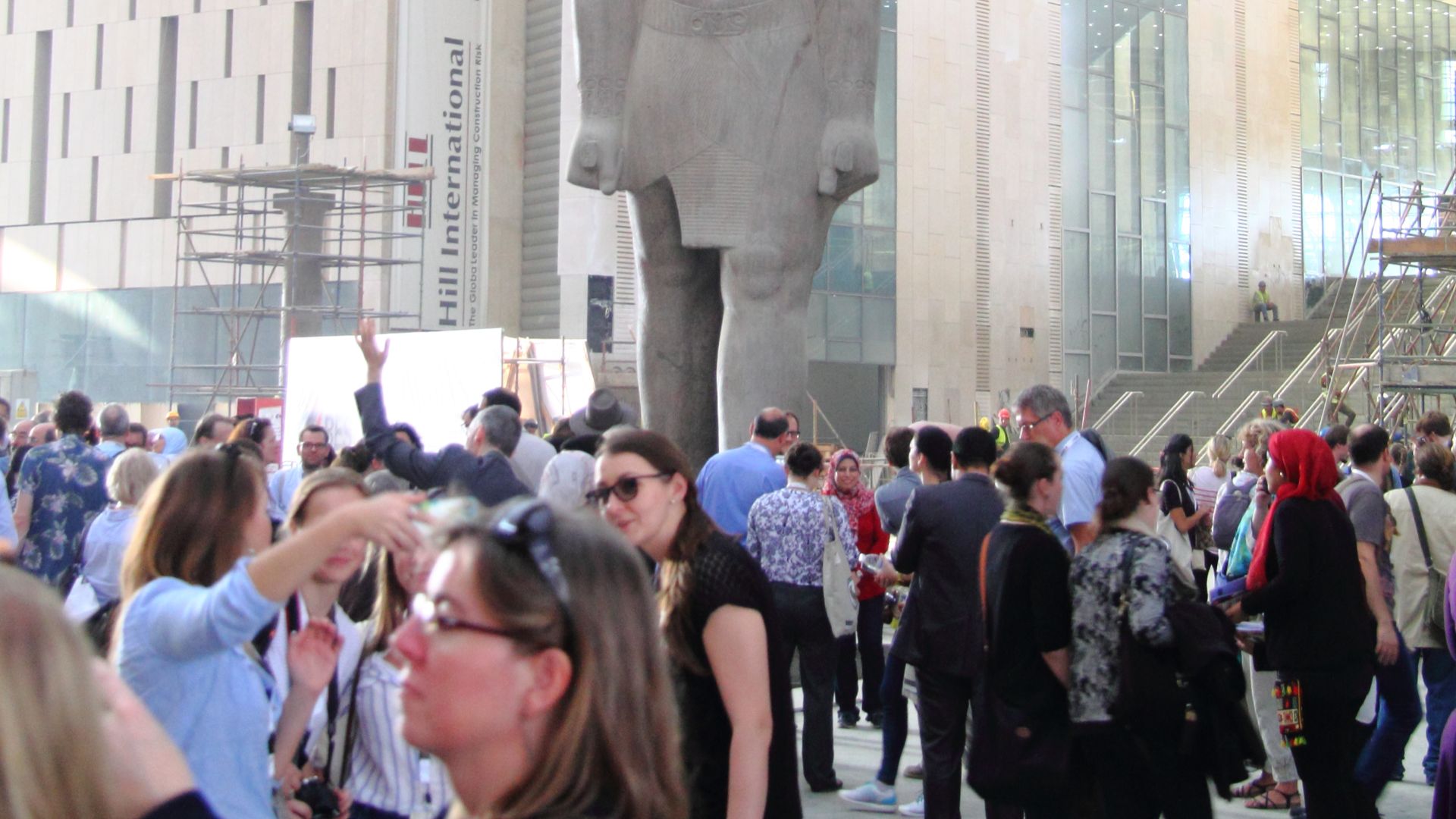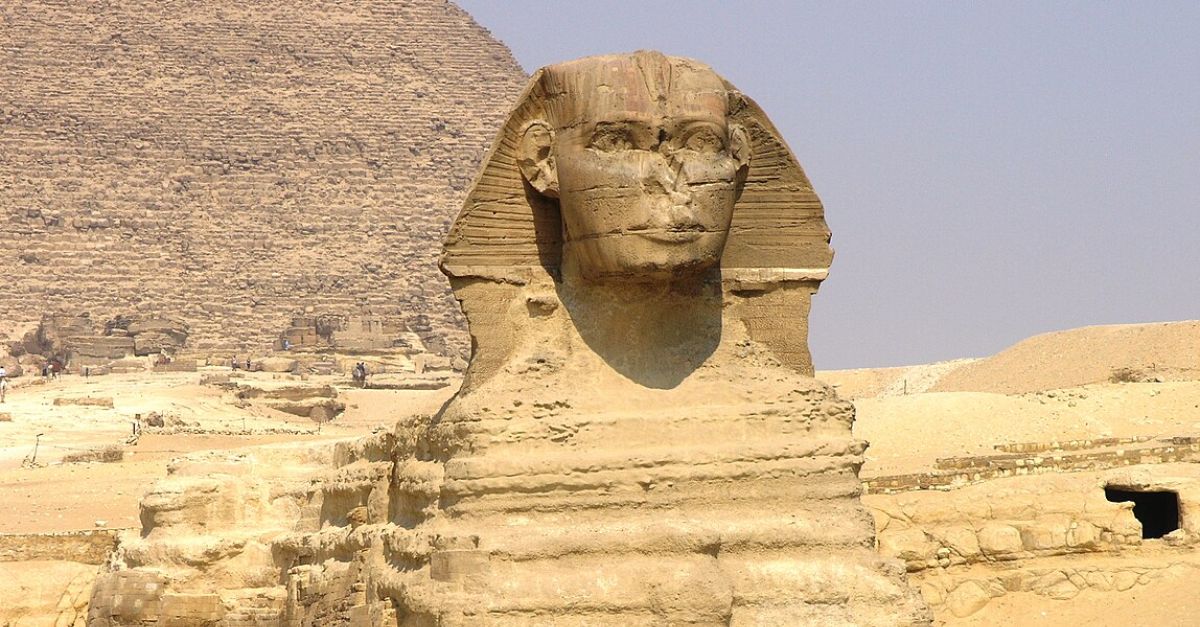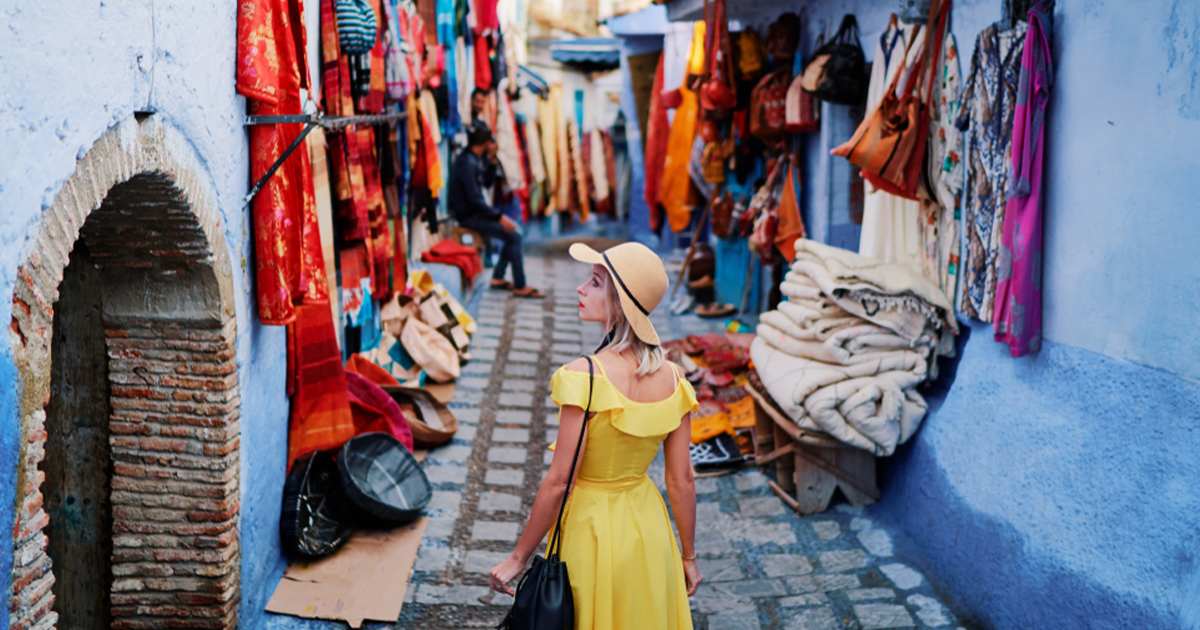A Game-Changing Discovery
A remarkable discovery has emerged from Luxor’s South Asasif necropolis: a joint Egyptian–American team has uncovered a sealed Middle Kingdom tomb containing 11 burials, dating back approximately 4,000 years. This groundbreaking find illuminates the burial practices used in Ancient Egypt circa 2,000 BCE.
The Excavation Team
Led by Egypt’s Ministry of Tourism and Antiquities alongside the South Asasif Conservation Project, spearheaded by Dr Elena Pischikova and chief American archaeologist Katherine Blakeney, the international team combined expertise to uncover and preserve the site.
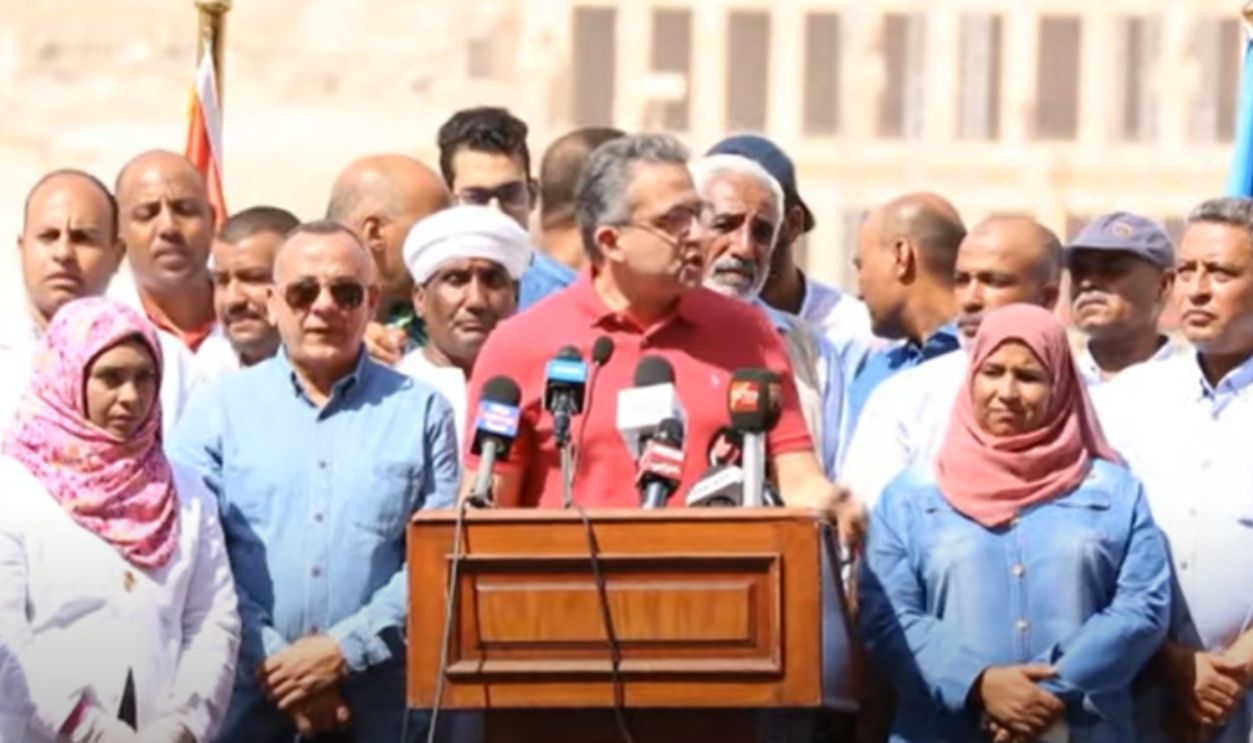 L'Égypte dévoile 30 cercueils de la 22e dynastie, africanews (en français)
L'Égypte dévoile 30 cercueils de la 22e dynastie, africanews (en français)
Location – South Asasif Necropolis
Located on Luxor’s West Bank beside the Temple of Hatshepsut, this marks the first Middle Kingdom tomb in South Asasif—a region previously known for New Kingdom and later burials.
Tomb Dating And Dynastic Era
The tomb dates from roughly 1938–1630 BCE, spanning the 12th and early 13th Dynasties. Its Middle Kingdom origins mark a crucial era of political stability and cultural development in ancient Egypt.
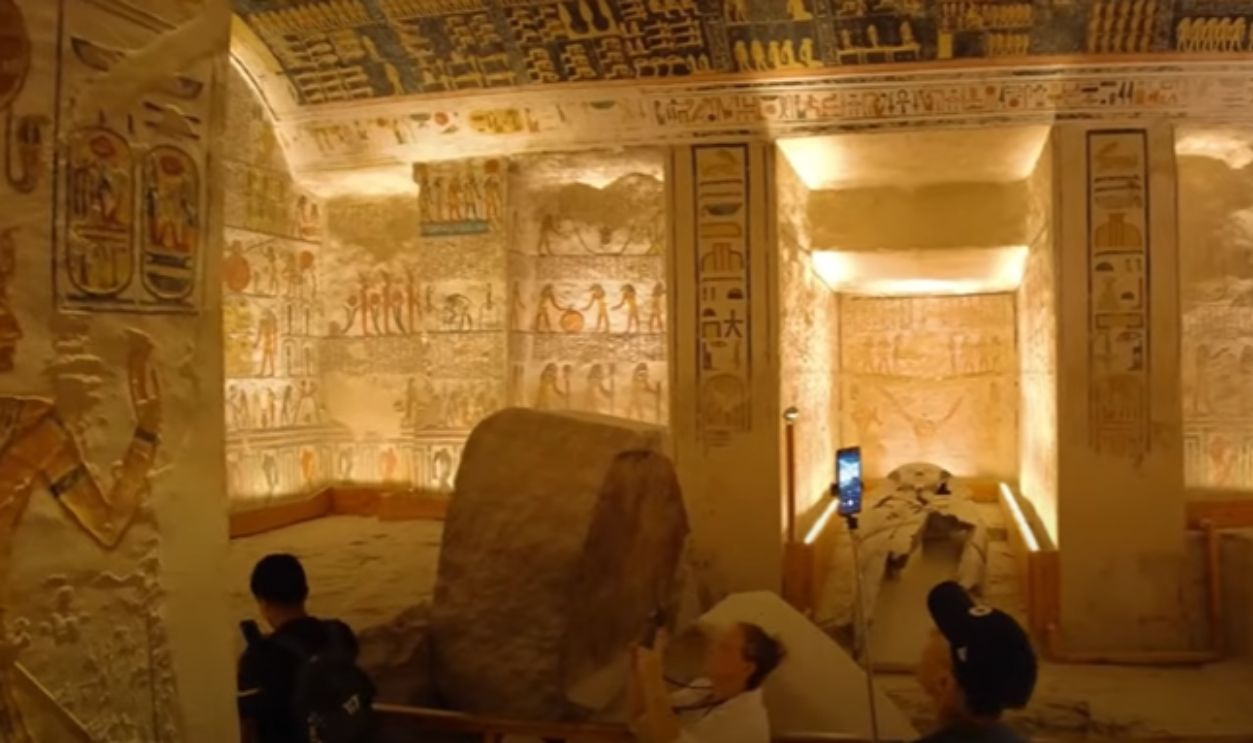 Echoes of Ancient Glory: Restoring Egypt’s Heritage in Luxor | PHJ, Perfect Harmony Journal
Echoes of Ancient Glory: Restoring Egypt’s Heritage in Luxor | PHJ, Perfect Harmony Journal
Number And Types Of Burials
Excavators uncovered 11 sealed burials: five women, two men, and three children. A 12th burial remains under study. The layout suggests that the burial site was used across generations.
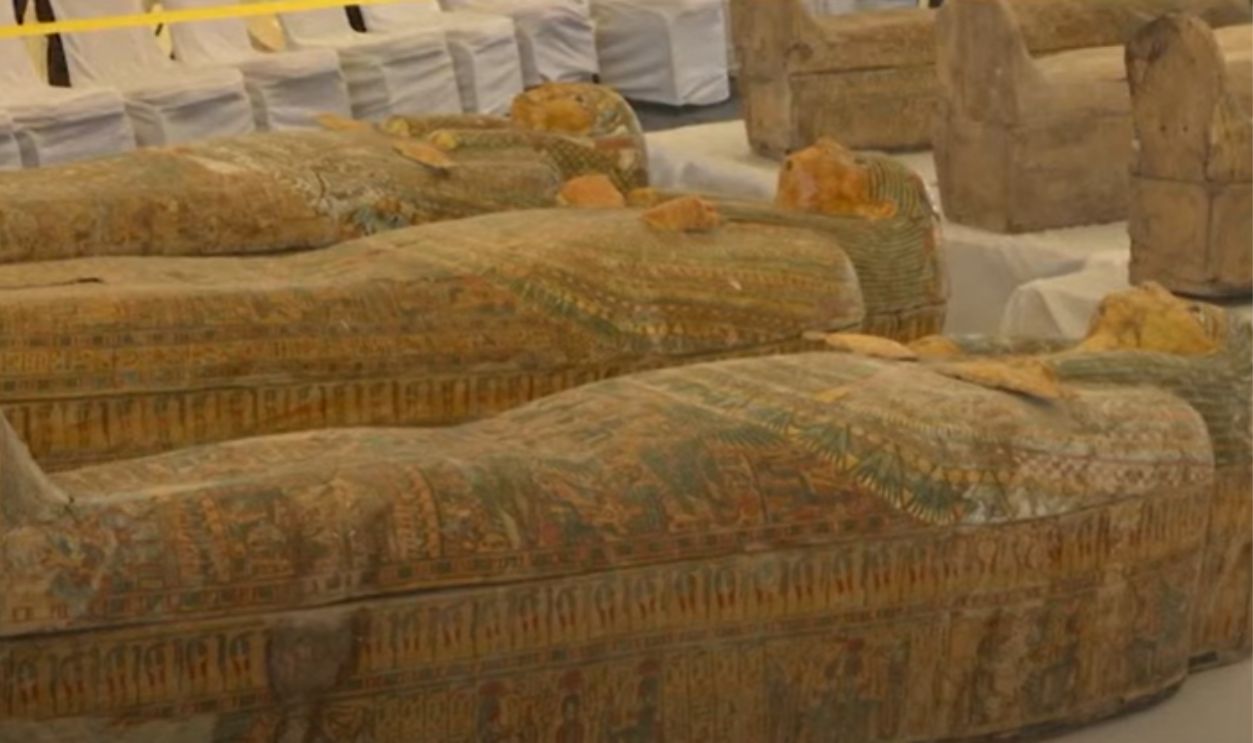 L'Égypte dévoile 30 cercueils de la 22e dynastie, africanews (en français)
L'Égypte dévoile 30 cercueils de la 22e dynastie, africanews (en français)
Condition Of Coffins And Wrappings
Ancient Nile floods severely damaged the wooden coffins and linen wrappings, leaving only fragments. The burial shafts remained sealed, preserving most artifacts despite some water damage.
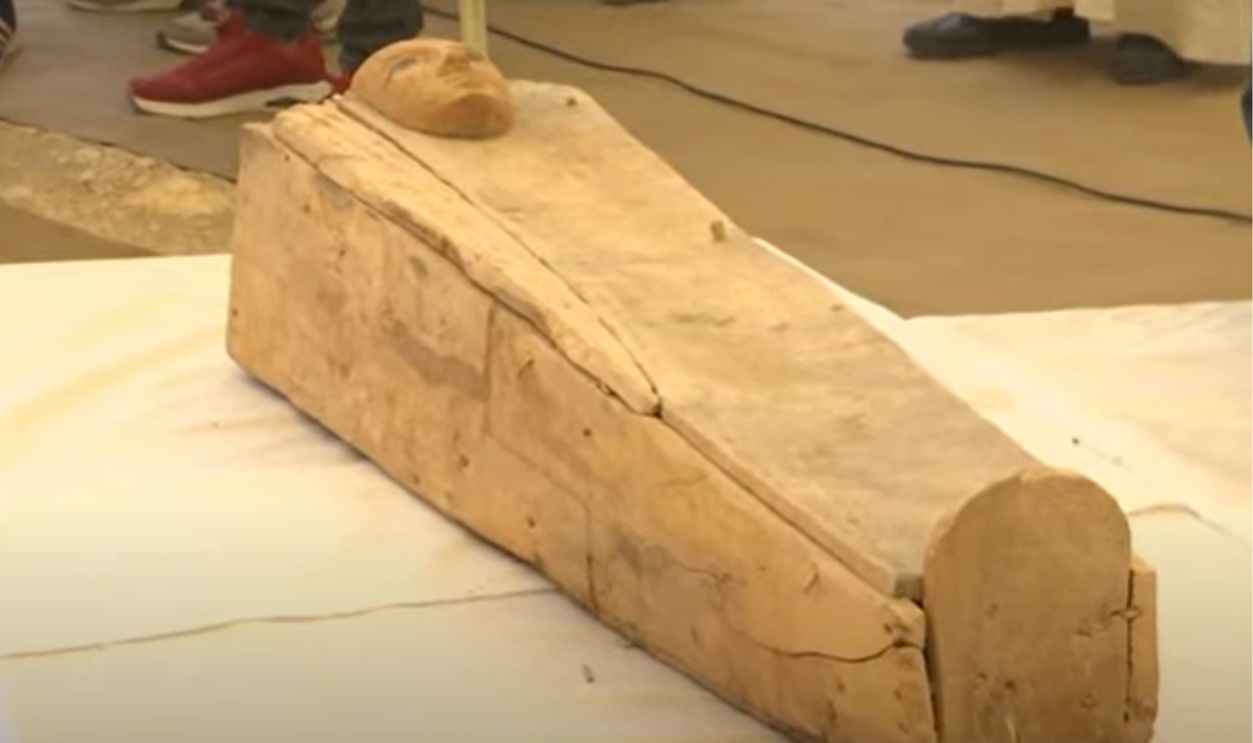 L'Égypte dévoile 30 cercueils de la 22e dynastie, africanews (en français)
L'Égypte dévoile 30 cercueils de la 22e dynastie, africanews (en français)
Female Burial Assemblages
Six female burials included burial assemblages. Among the finds: amethyst necklaces, agate beads, scarab rings, bracelets, and girdles showcasing Middle Kingdom craftsmanship.
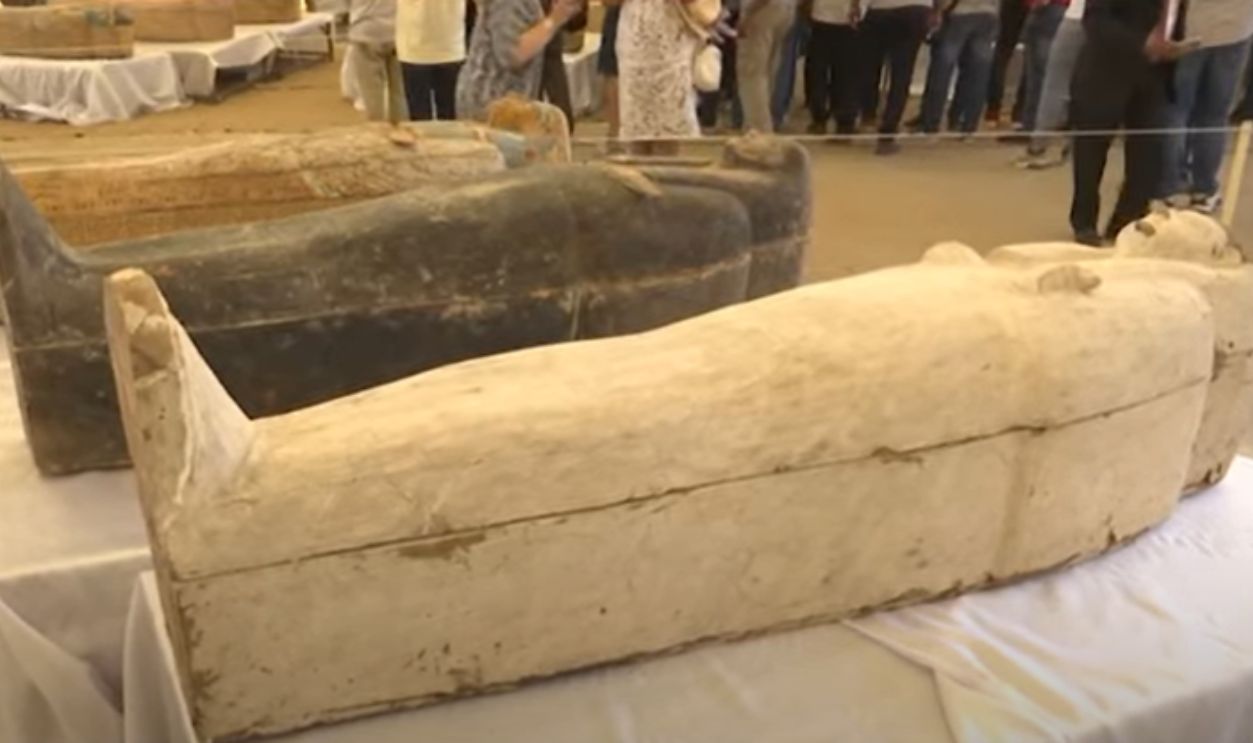 L'Égypte dévoile 30 cercueils de la 22e dynastie, africanews (en français)
L'Égypte dévoile 30 cercueils de la 22e dynastie, africanews (en français)
The Amethyst‑Agate Necklace
One standout artifact: a finely crafted necklace with 30 amethyst beads flanked by agate cylinders featuring a hippo‑head amulet. It was found intact despite ancient floods.
Copper Mirrors
Two copper mirrors were discovered: one with a lotus handle, another depicting Hathor’s face in a rare four‑faced design—underscoring symbolic use for grooming or ritual.
Fertility Figurine
A glazed faience figurine with truncated legs and painted “mud beads” used as hair survived remarkably intact. It bears jewelry markings, likely symbolizing fertility rituals.
Male Burials And Mysteries
Most male burials didn’t contain much of note, though one, Burial 9, contained a unique necklace that suggested high status, possibly family head or priest.
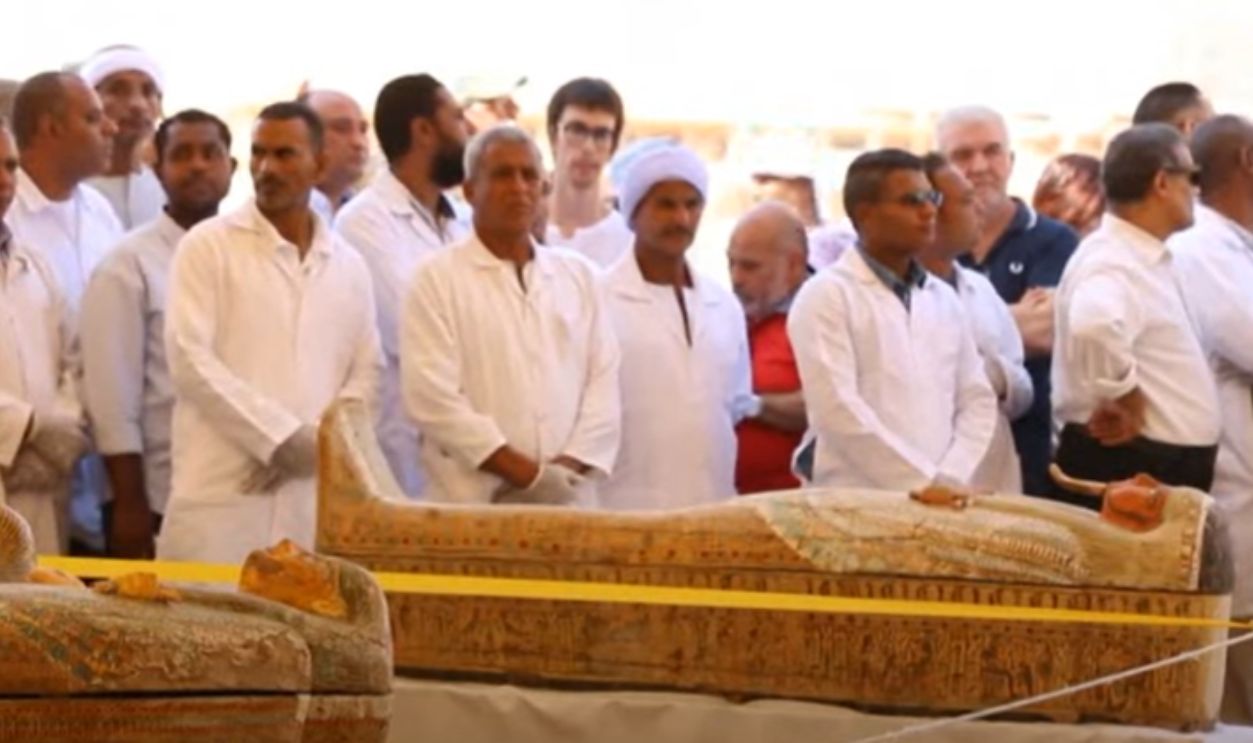 L'Égypte dévoile 30 cercueils de la 22e dynastie, africanews (en français)
L'Égypte dévoile 30 cercueils de la 22e dynastie, africanews (en français)
Ritual And Family Insights
Together, the burials reveal a long-term family tomb. Sealed shafts hint at continued reverence; grave goods suggest ritual offerings, social roles, and family status.
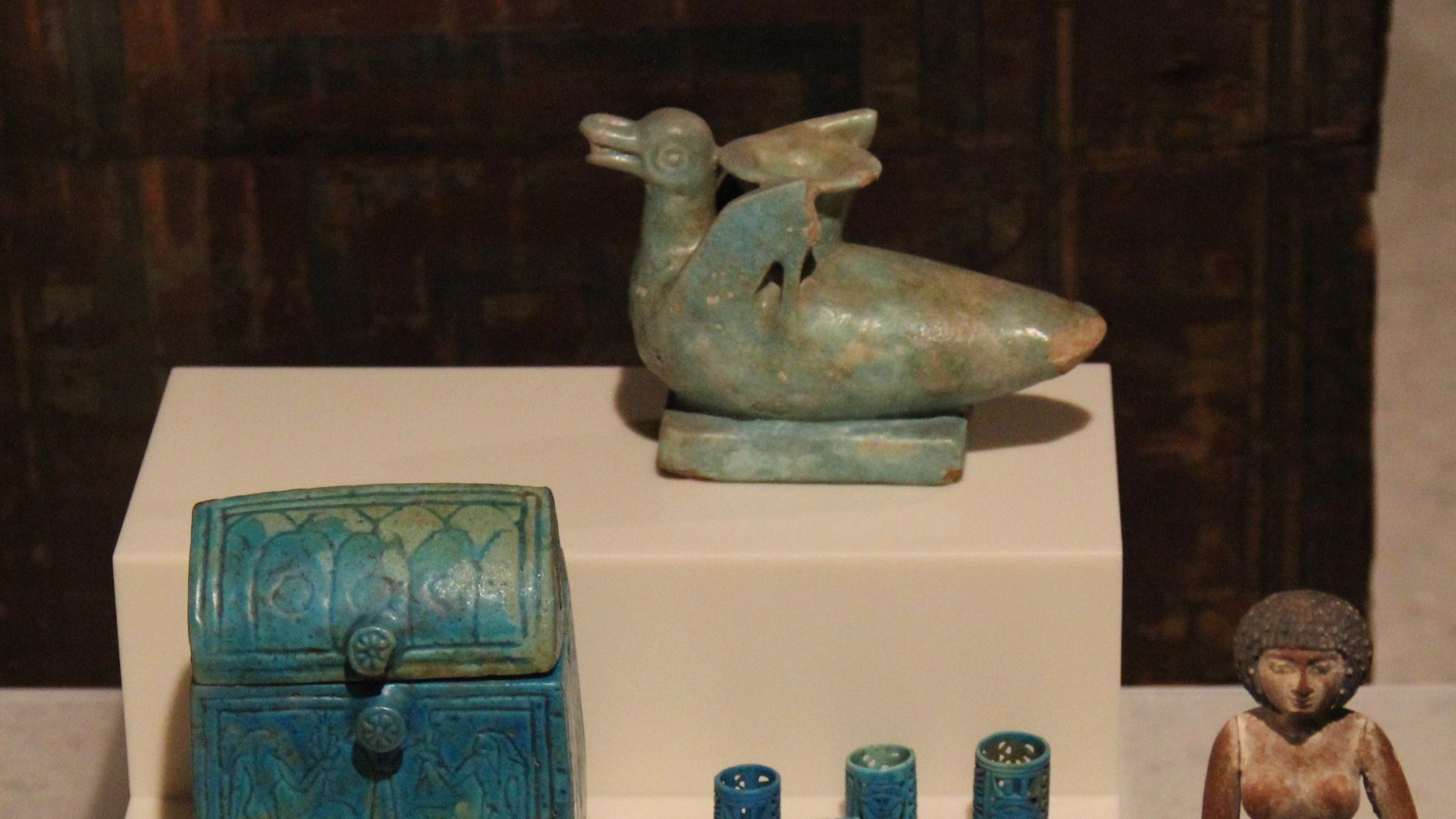 Gary Todd from Xinzheng, China, Wikimedia Commons
Gary Todd from Xinzheng, China, Wikimedia Commons
The First Middle Kingdom Tomb In South Asasif
Previously reserved for New Kingdom and later burials, South Asasif now contains this rare Middle Kingdom tomb—expanding the known use of the necropolis.
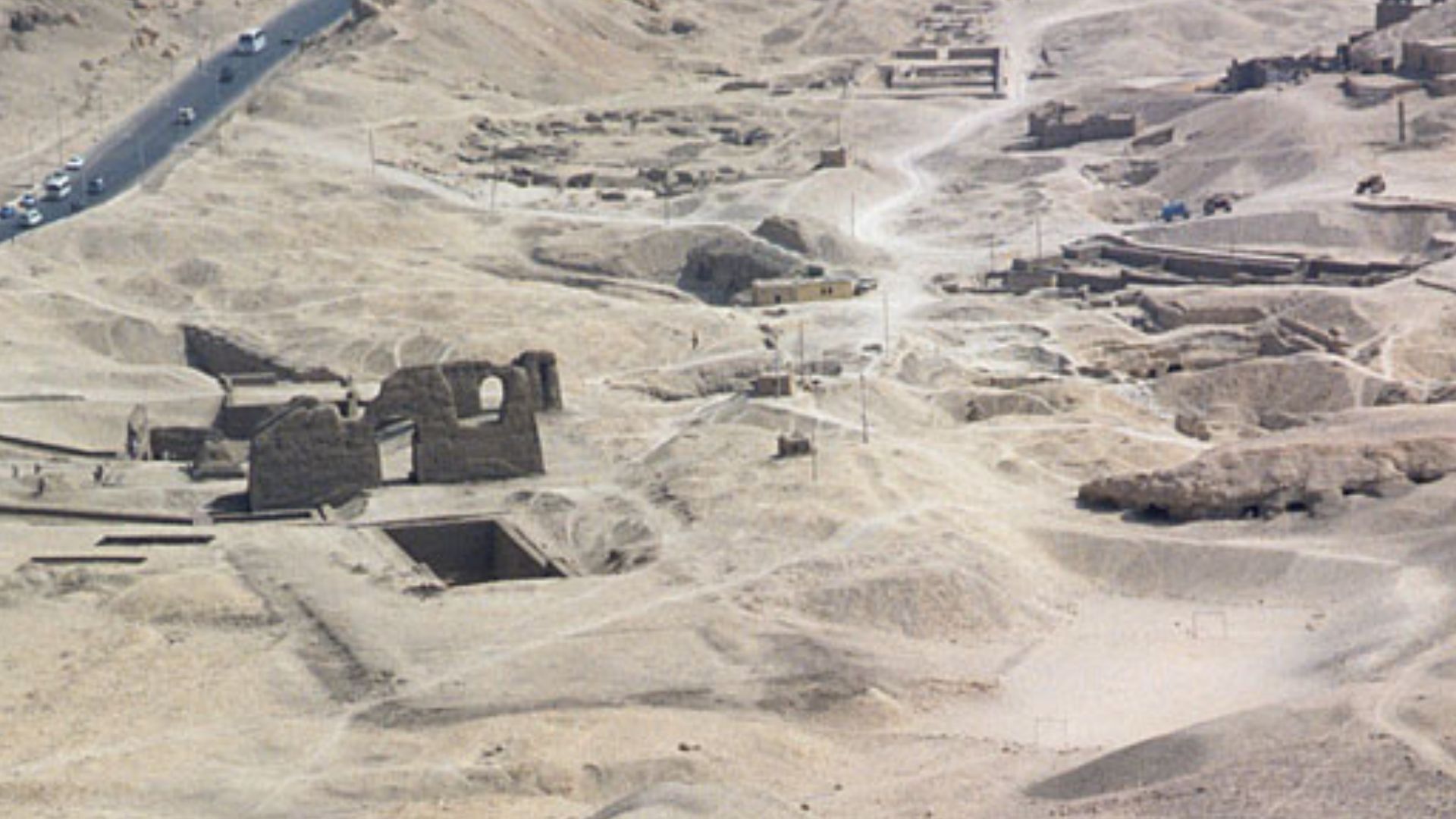 Roland Unger, Wikimedia Commons
Roland Unger, Wikimedia Commons
Archaeological Context
The Asasif necropolis spans dynasties. Earlier finds include 18th Dynasty caches and 22nd Dynasty coffins. This find fills a Middle Kingdom gap.
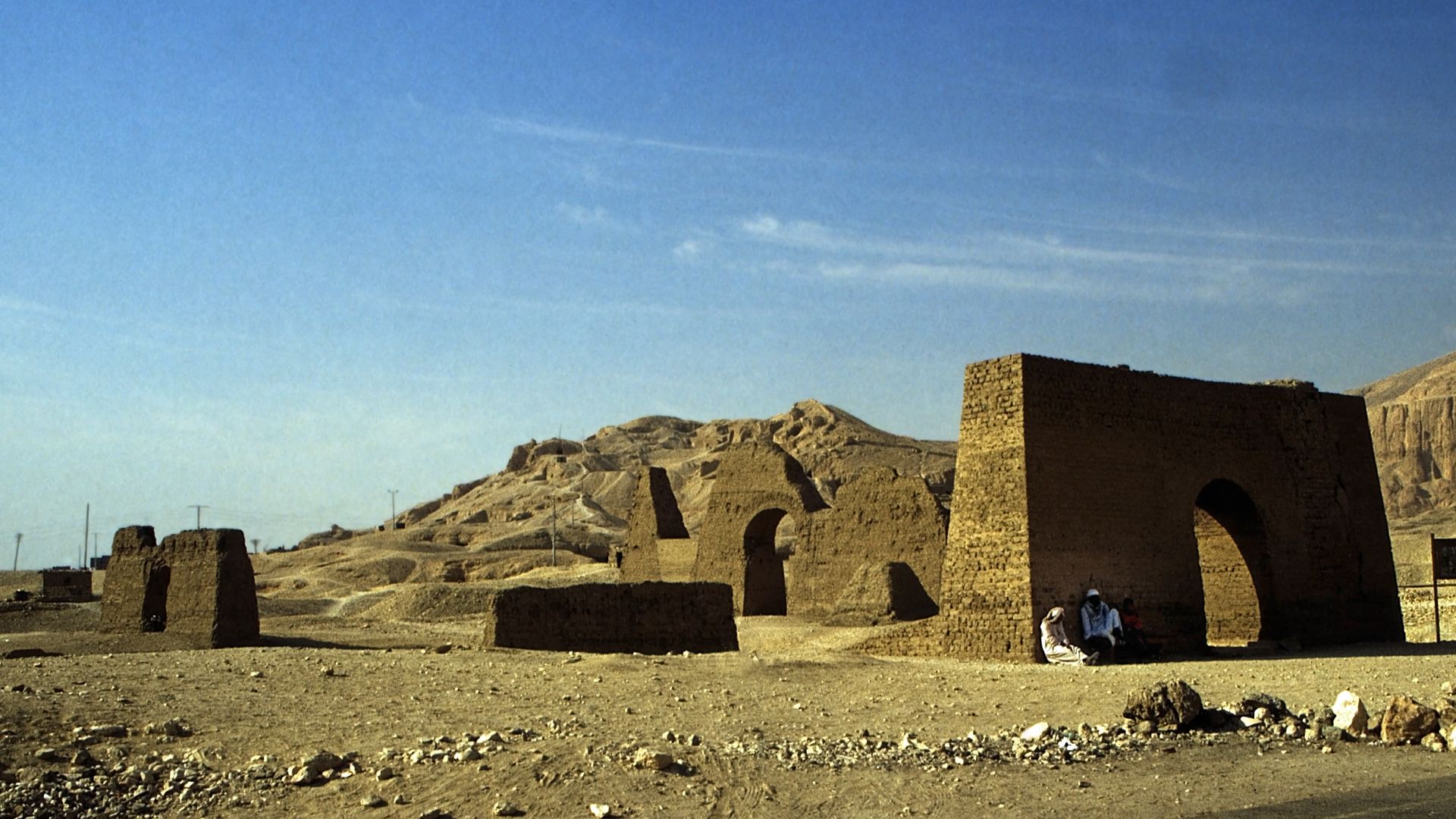 Rüdiger Stehn from Kiel, Deutschland, Wikimedia Commons
Rüdiger Stehn from Kiel, Deutschland, Wikimedia Commons
Comparative Significance
Middle Kingdom family burials are rare—previous examples in regions like Deir el‑Bahri used rock‑cut shafts. The intact assemblage here offers unprecedented insight.
Conservation And Analysis
The South Asasif Conservation Project aims to preserve delicate artifacts intact, restore wooden coffin fragments, and conduct bioarchaeological studies on the skeletal remains.
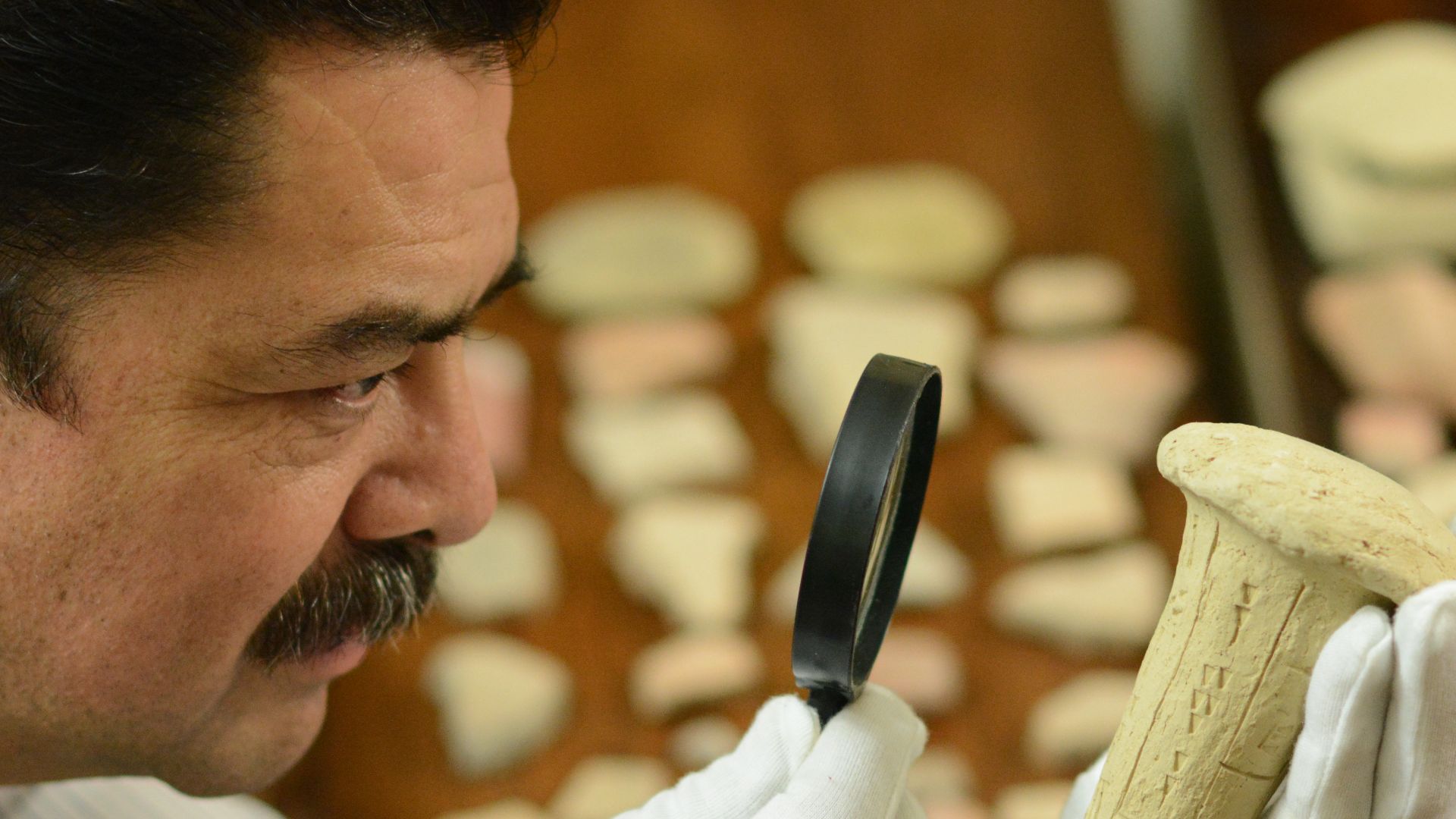 Santabiblia, Wikimedia Commons
Santabiblia, Wikimedia Commons
Implications For Egyptology
The discovery yields fresh data on familial burial customs, material culture (such as beads, mirrors, figurines), and mortuary rituals during the Middle Kingdom. It reshapes our understanding of social stratification during that era.
 Gary Todd from Xinzheng, China, Wikimedia Commons
Gary Todd from Xinzheng, China, Wikimedia Commons
Tourism And Heritage
Egypt’s renewed focus on archaeology—evidenced by the Grand Egyptian Museum’s hall openings—is part of a strategy to boost tourism. Finds like this, near major sites, aim to attract visitors and revenue.
Final Thoughts
The 11 sealed burials in South Asasif helped archaeologists better understand Middle Kingdom burial practices. As scientific study continues, more revelations about this family’s identity and their cultural practices will likely emerge.
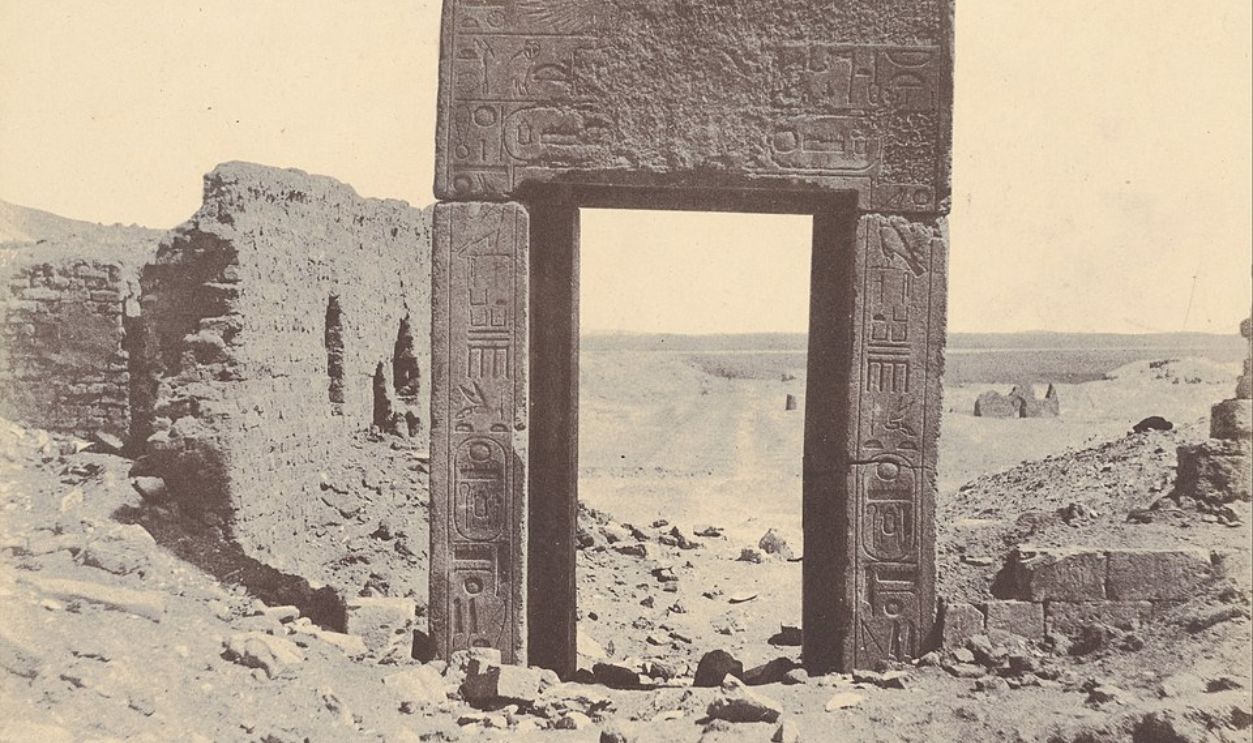 Unknown author, Wikimedia Commons
Unknown author, Wikimedia Commons
Looking Ahead
Future research will involve DNA analysis, carbon dating, and further stratigraphic study. These efforts may confirm familial links between the burials and provide new data on health, diet, and burial chronology.
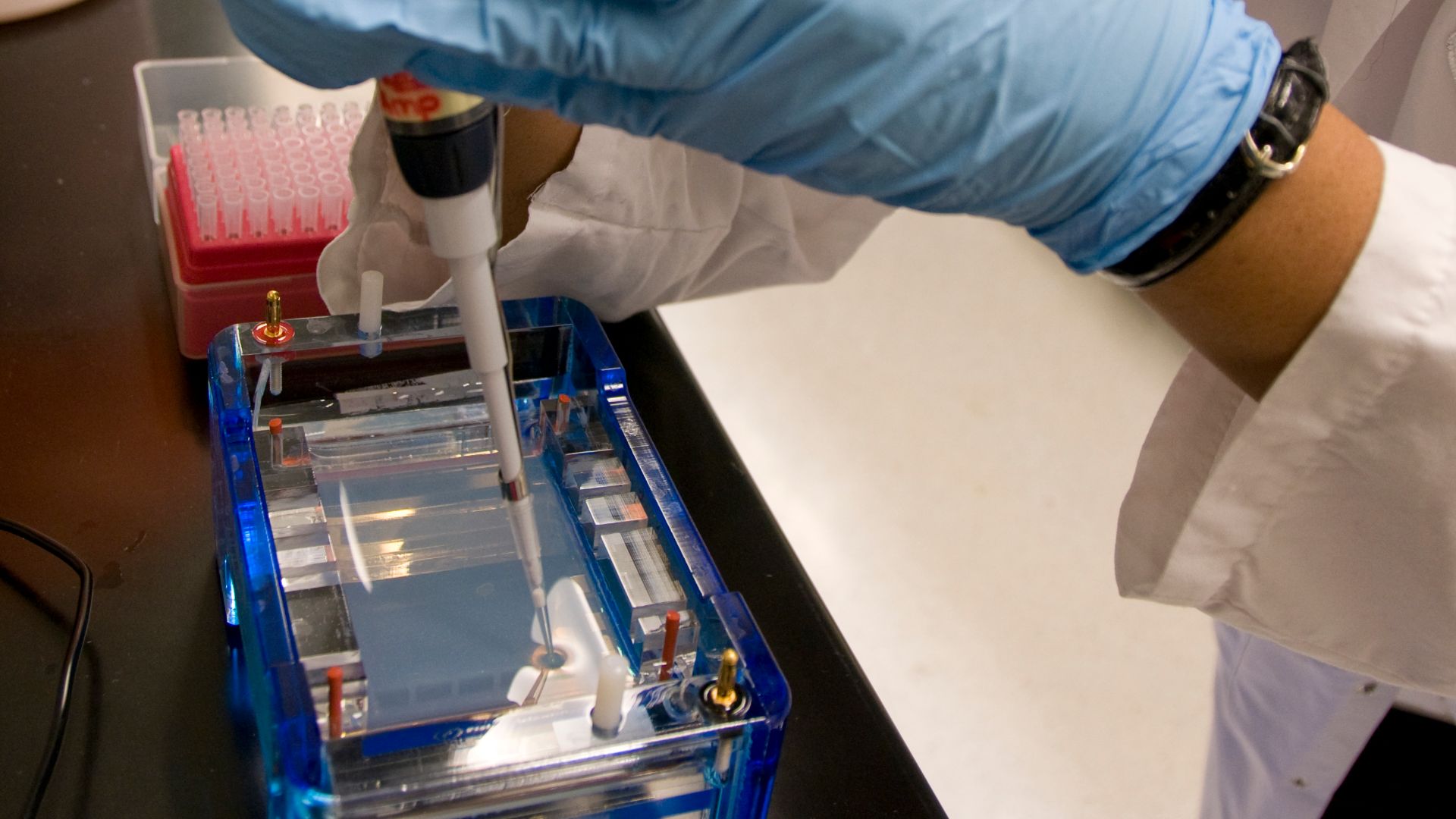 The U.S. Food and Drug Administration, Wikimedia Commons
The U.S. Food and Drug Administration, Wikimedia Commons
You May Like:
Scandalous Facts About Princess Fawzia Of Egypt, The Royal Rebel

